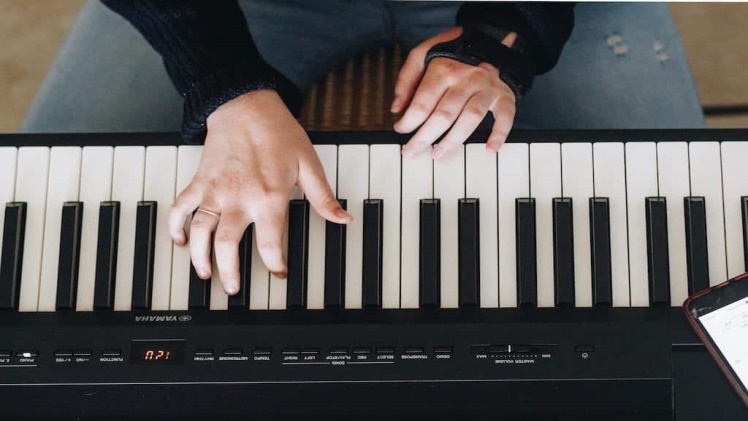Purchasing a piano is unlike any other purchase you’ll ever make. It’s not like buying a car or home, where you have several options and can go with your gut. A piano such as the Yamaha PSR 3000 price is uniquely personal and the instrument that most people associate with the word “music.” Because of this, many things must be considered before making such a necessary purchase.
Is this piano the right size for my home?
When purchasing a piano such as the Yamaha PSR 3000 price, be sure to measure the room you plan on putting the instrument in. You should measure the length and width of the area, as well as its height.
Measure yourself or whoever will be playing if you are going to buy a baby grand. If you have any other furniture in mind for your room, try placing it next to your piano to give you an idea of how much space there is left over at different angles. The measurements also help when shopping for accessories like benches and stools.
How is this piano in good condition?
To get a feel for the piano’s condition, have a look at the following:
- Cracks and dents: If you’re buying used, look carefully for any evidence of damage. You should also check for any loose pins and keys.
- Loose pins, tuning pins and hinge:. If a pin or hinge becomes loose, it could fall out while playing, leading to permanent damage to your instrument—and possible injury if an object falls on your hands!
- Fallboard in good condition: The fallboard is usually made of hardwood and covers up the strings when they aren’t being played (i.e., when you press down on the keys). This piece of wood must not warp with age since warped wood will create unwanted noise as you play.
For how much time is it safe to keep a piano in storage?
No hard-and-fast rule for how long a piano will last in storage. The essential thing to consider is that if you’re going to store your piano, you must do so correctly.
A well-cared-for instrument can last decades without issues, even when not used. For example, pianos in good condition are regularly purchased at auction and found to be still playable after being stored for 50 or even 100 years! This means it’s possible to find a bargain on an antique piano with a beautiful tone and surprising longevity—but only if you know what to look out for.
What kind of finish will stand up to humidity changes?
The three main types of finishes are hardwood, softwood and resin. Hardwoods like rosewood and ebony are more durable than softwoods like spruce or cedar; they have fewer pores that can be affected by humidity changes. However, they may also be more expensive than some other materials and require more maintenance to keep them looking good over time. Softwoods absorb moisture from the air more efficiently than hardwoods, making them more susceptible to damage from high humidity levels.
Softwood finishes include lacquer (also known as shellac) and varnish—both applied with an oil base that can become gummy if too much moisture gets absorbed into the finish. Resin-based finishes such as polyurethane offer a low-maintenance alternative for people who don’t want to commit themselves to frequent cleaning or polishing tasks.
When to consider buying a new piano?
If you’ve had your piano for a long time and it’s in storage, buying a new one is when you are moving into a new home. Consider picking up some furniture with built-in bookcases if purchasing a new home. By doing this, you’ll be able to store your old piano until it can be sold or donated.
Conclusion
It’s essential to keep in mind that your new piano is a significant investment, so it’s always good to do your homework. With the information above, you can ensure that buying a piano will be a rewarding experience for years to come!

